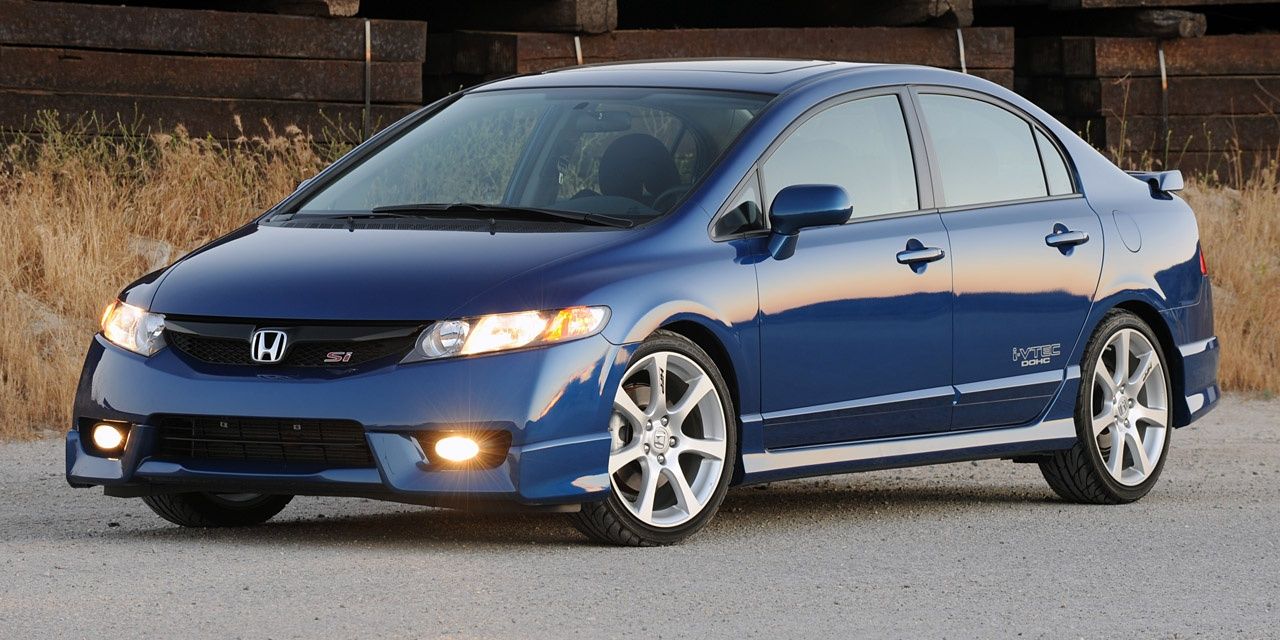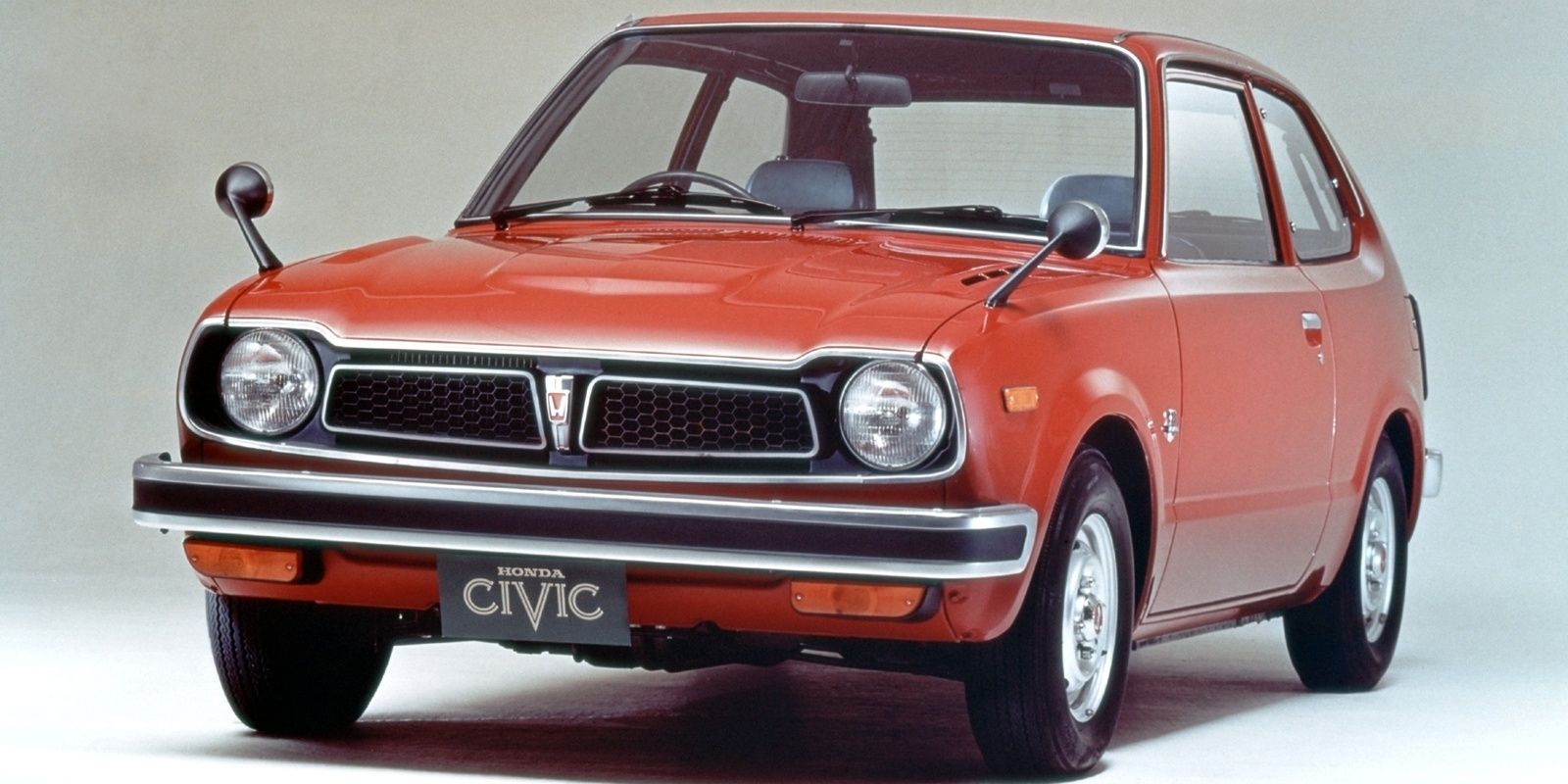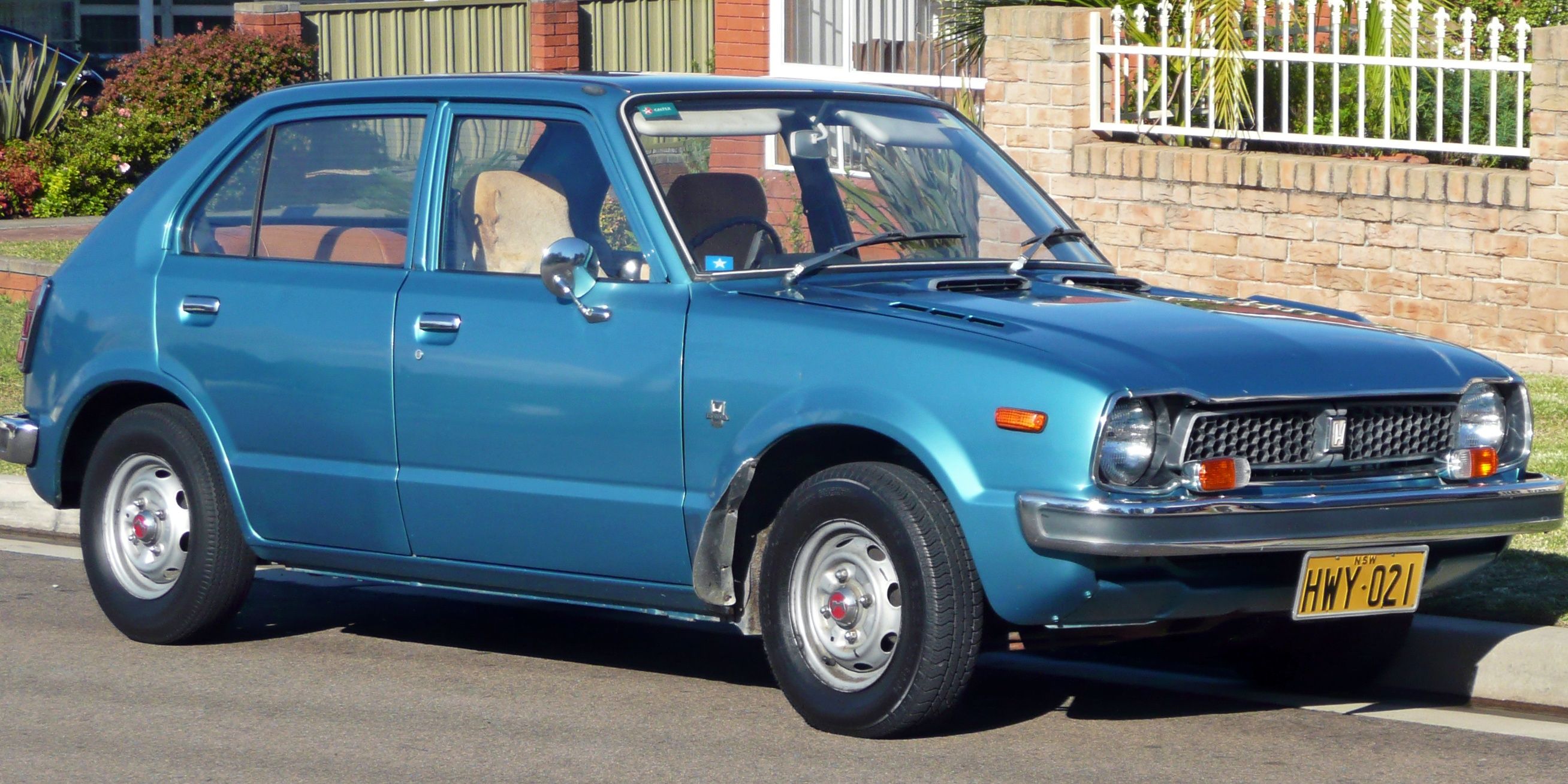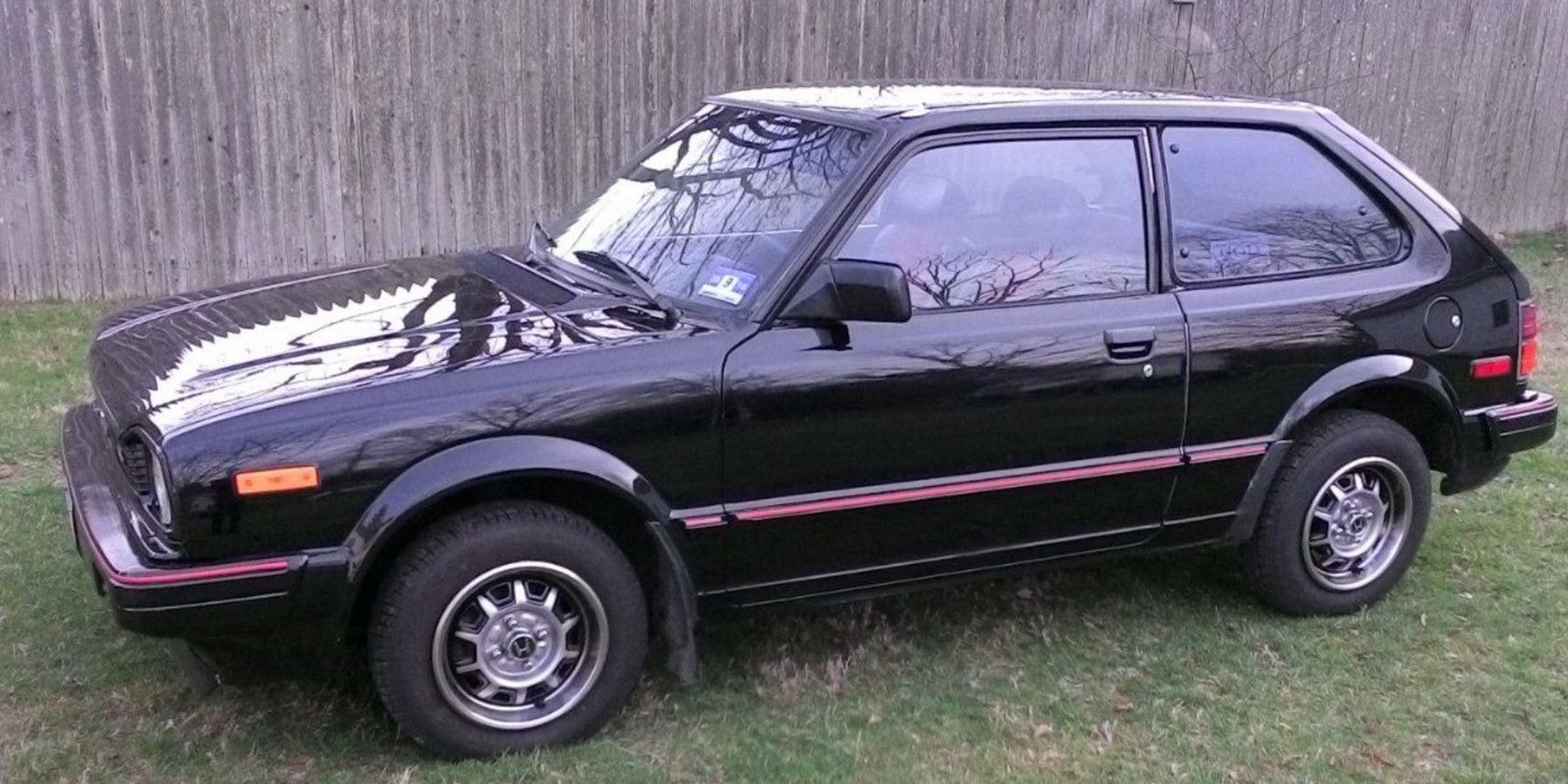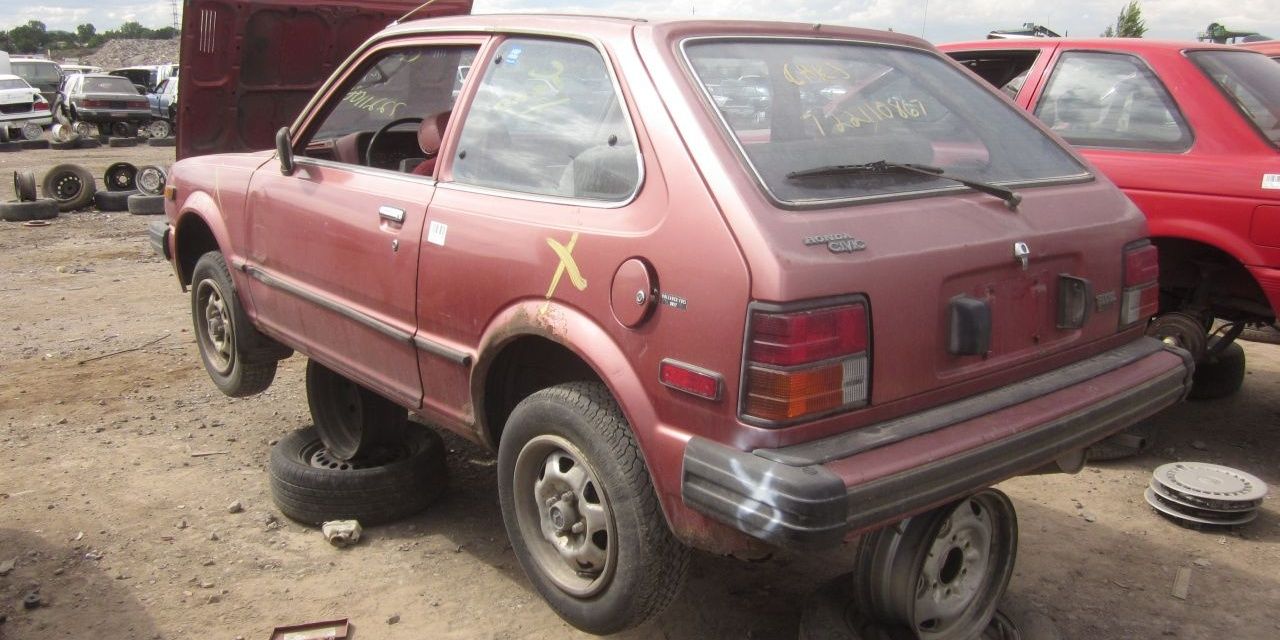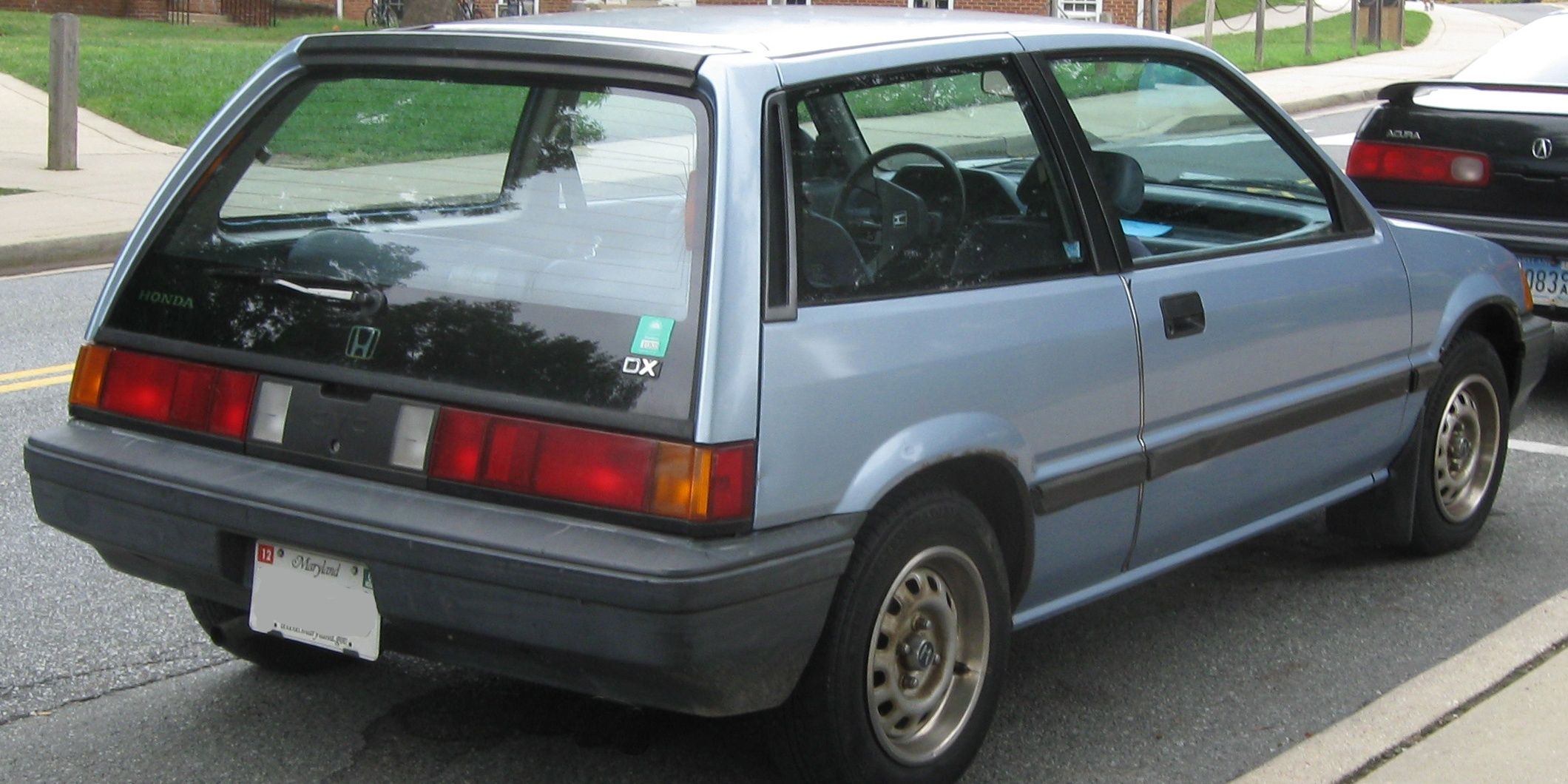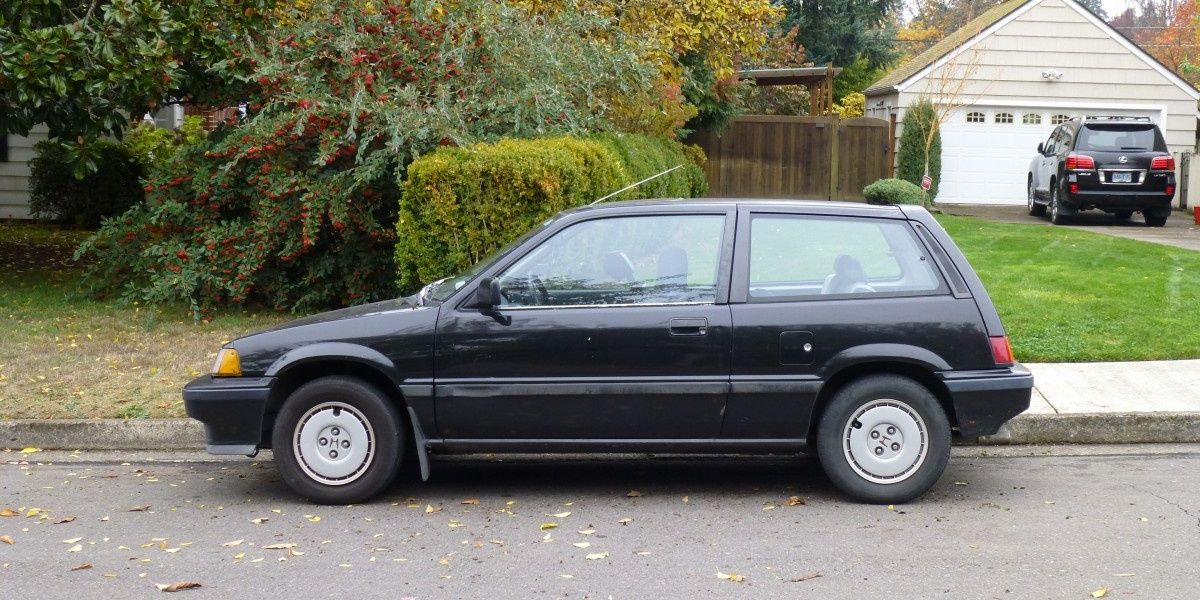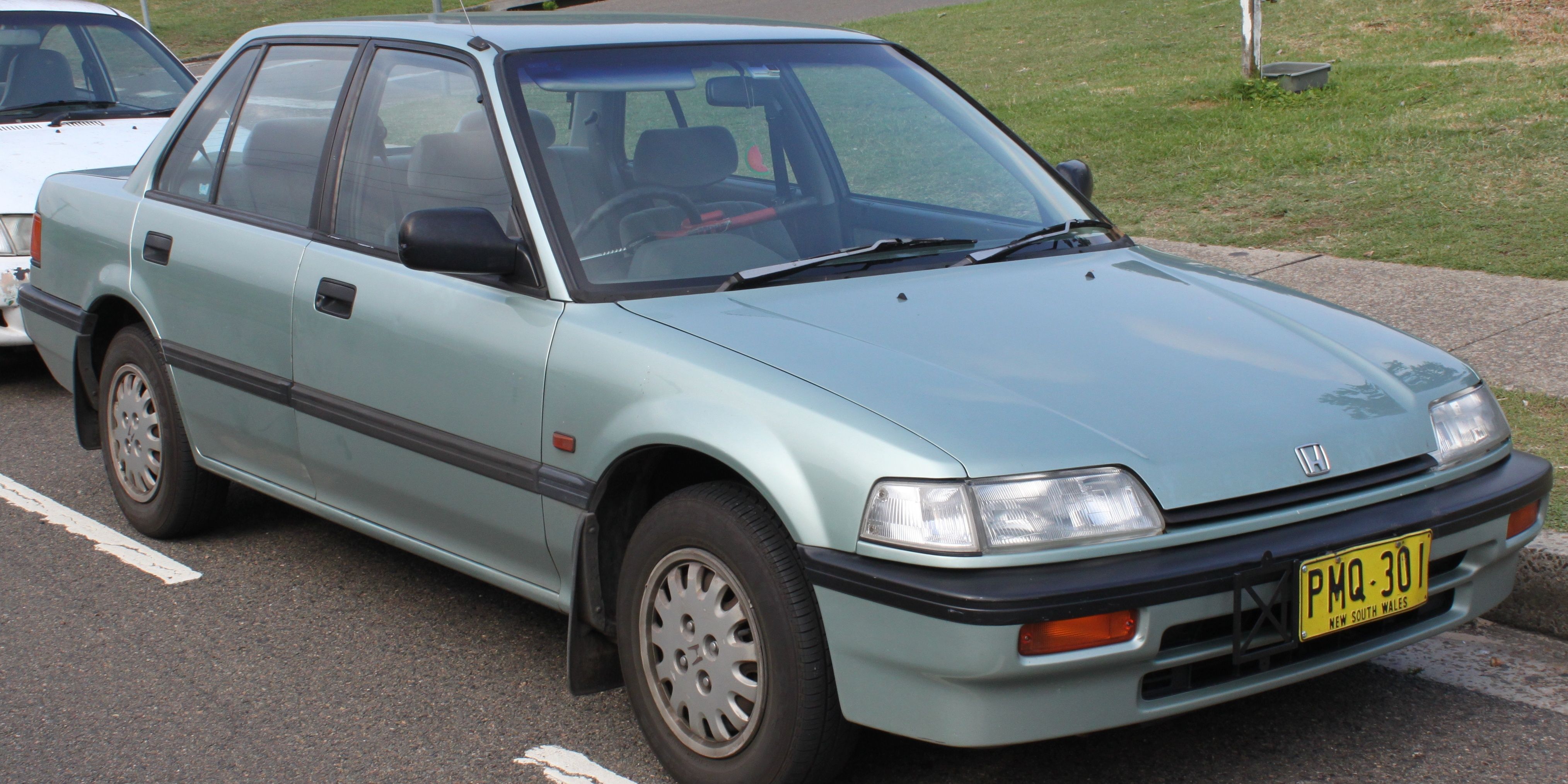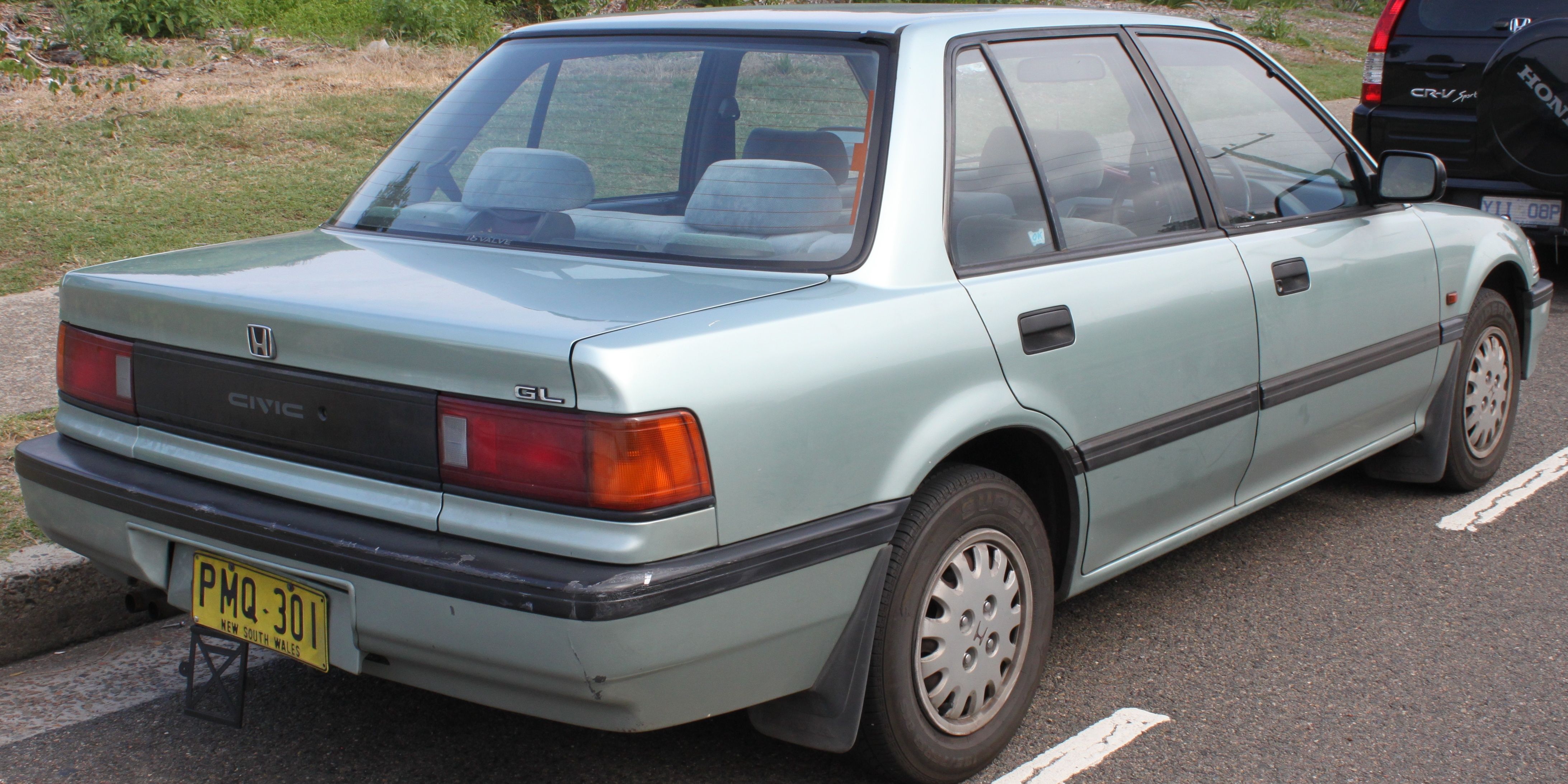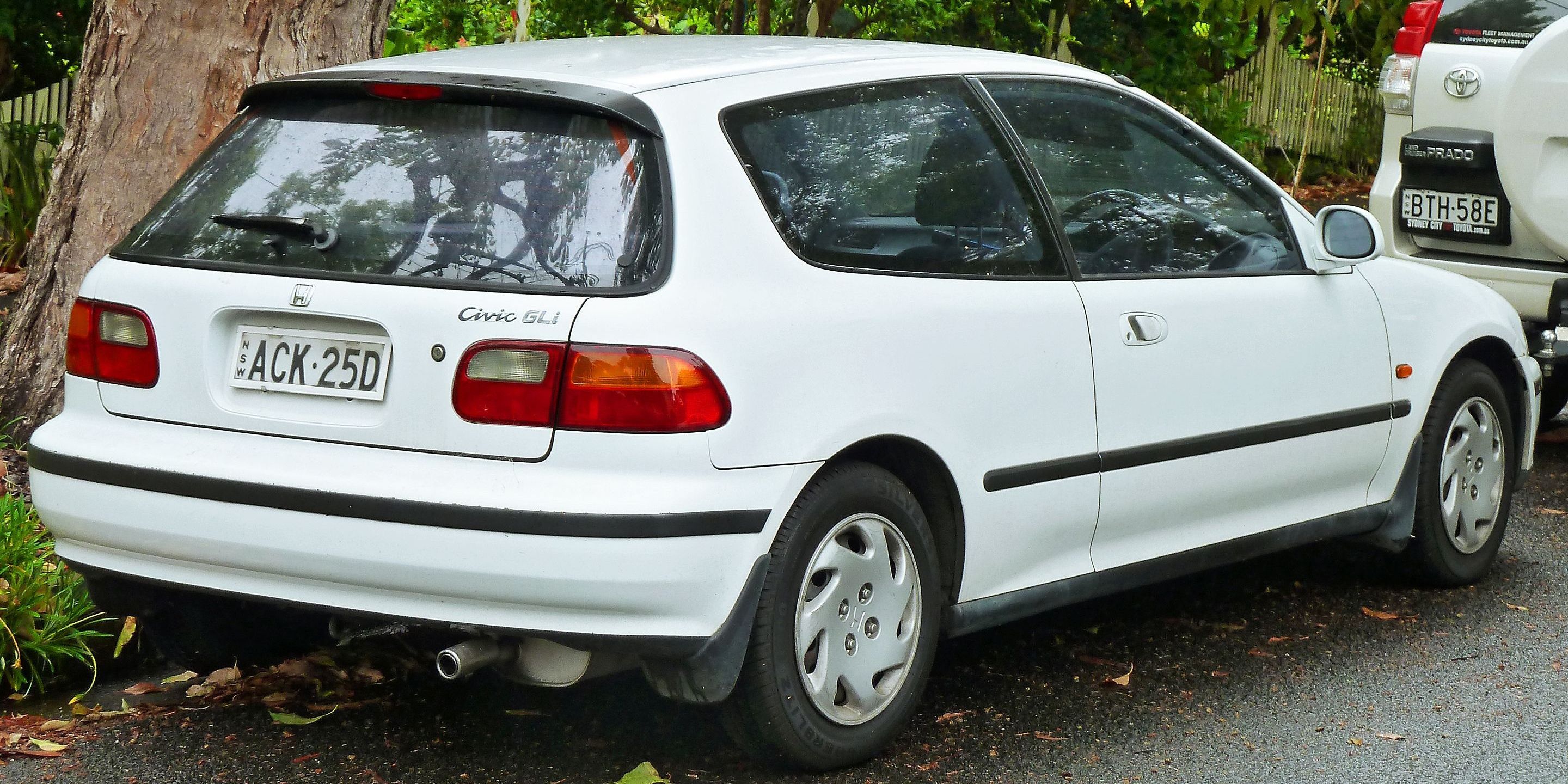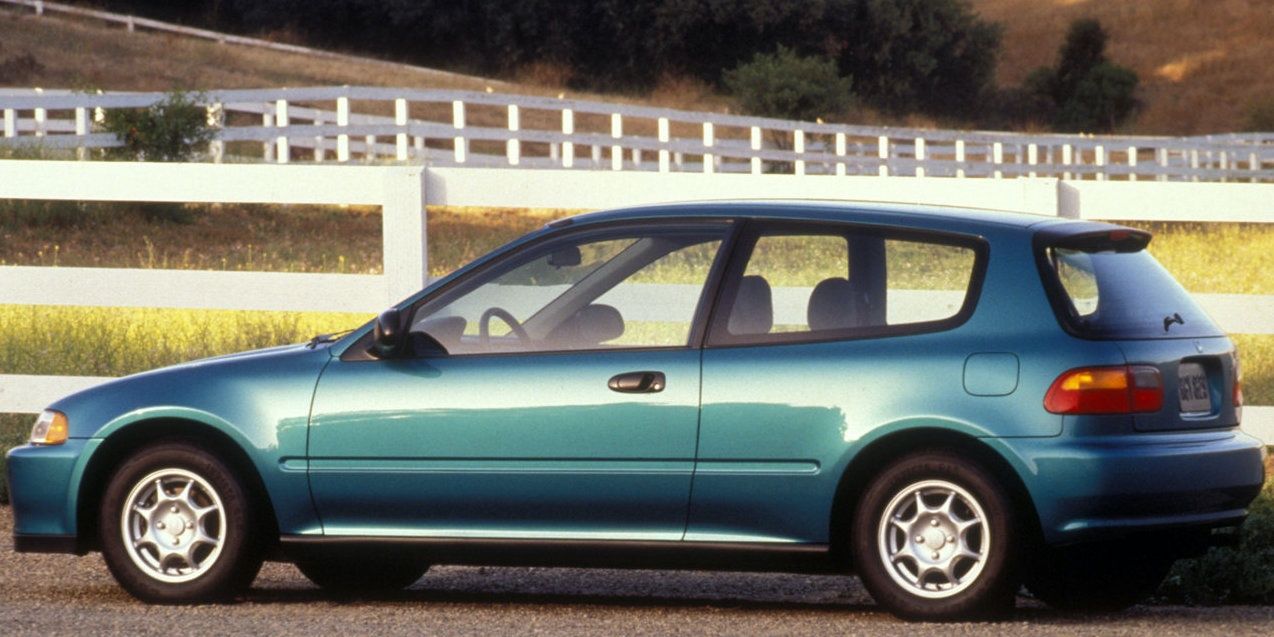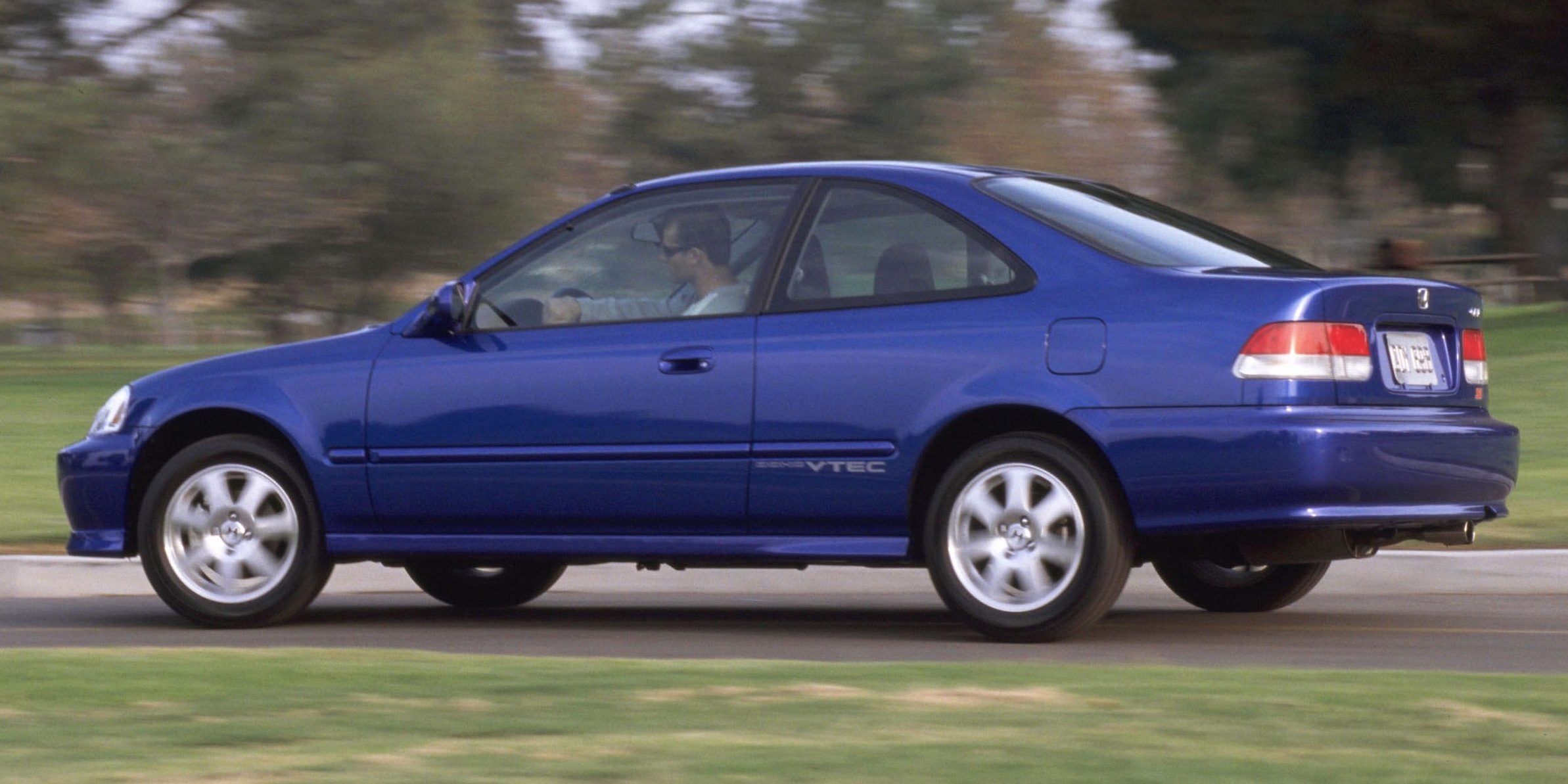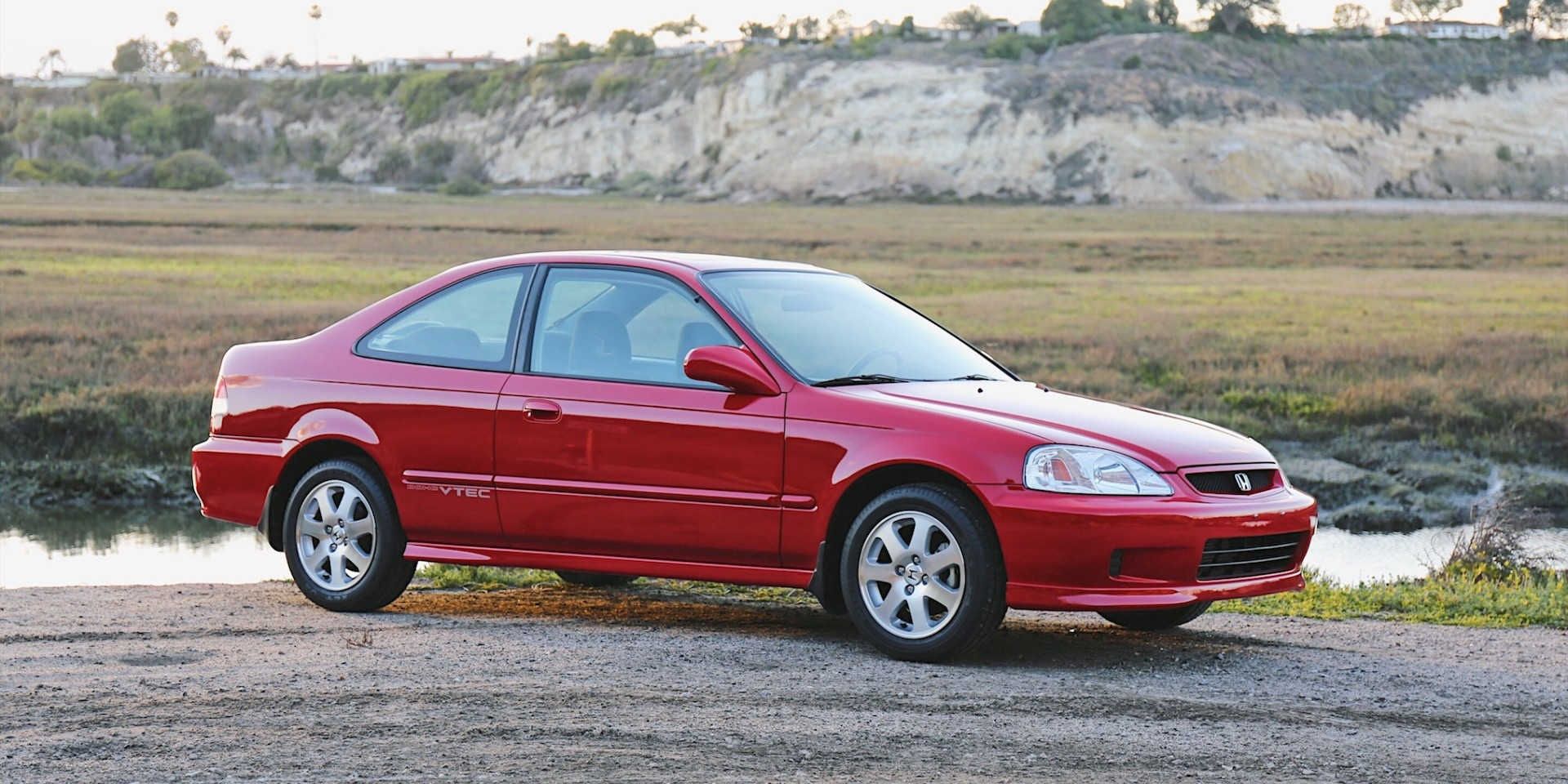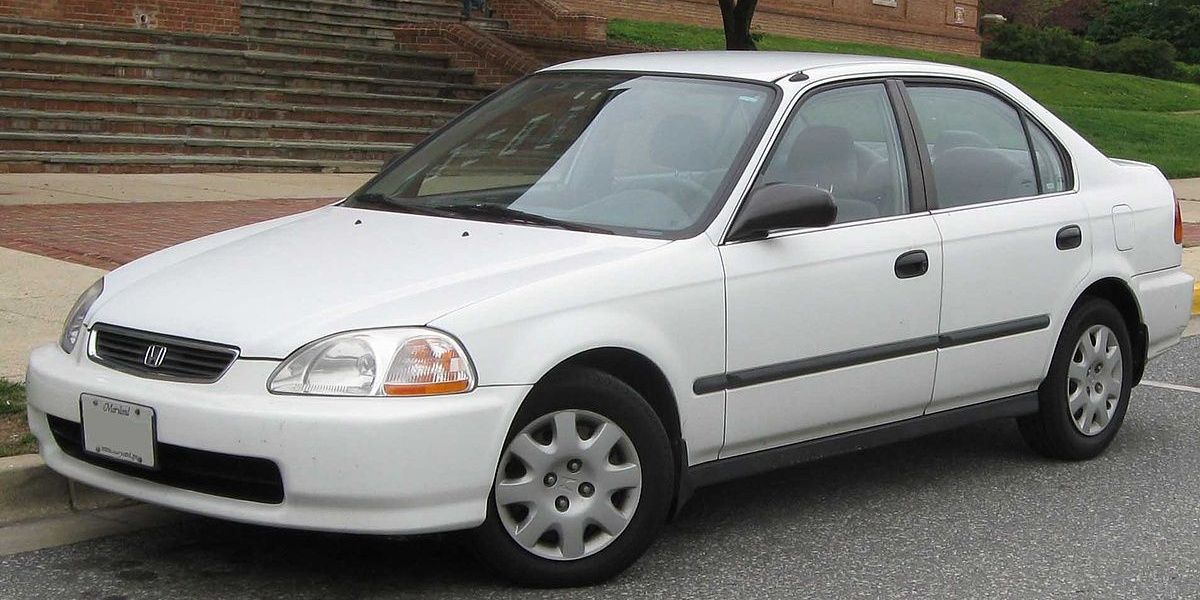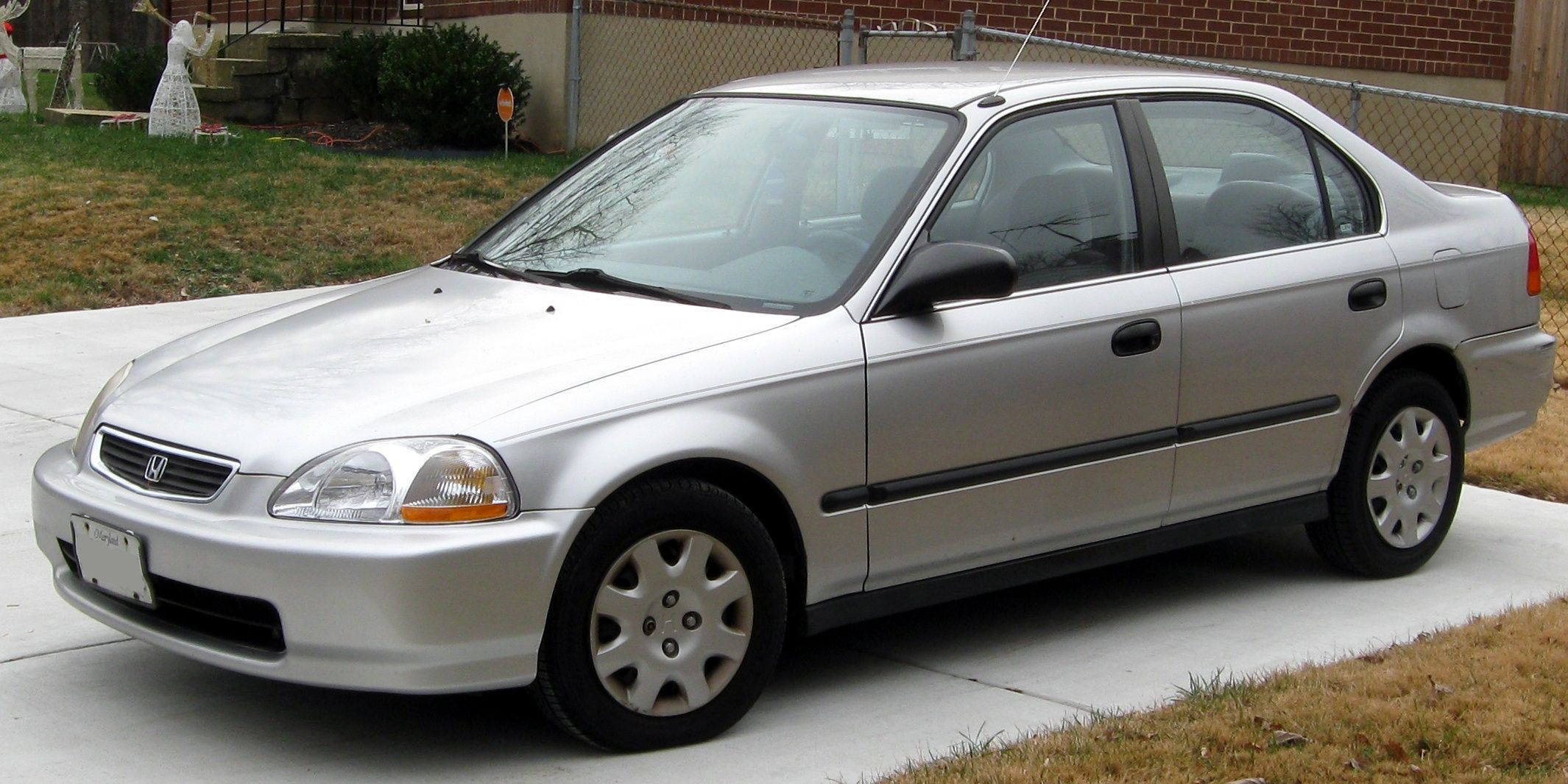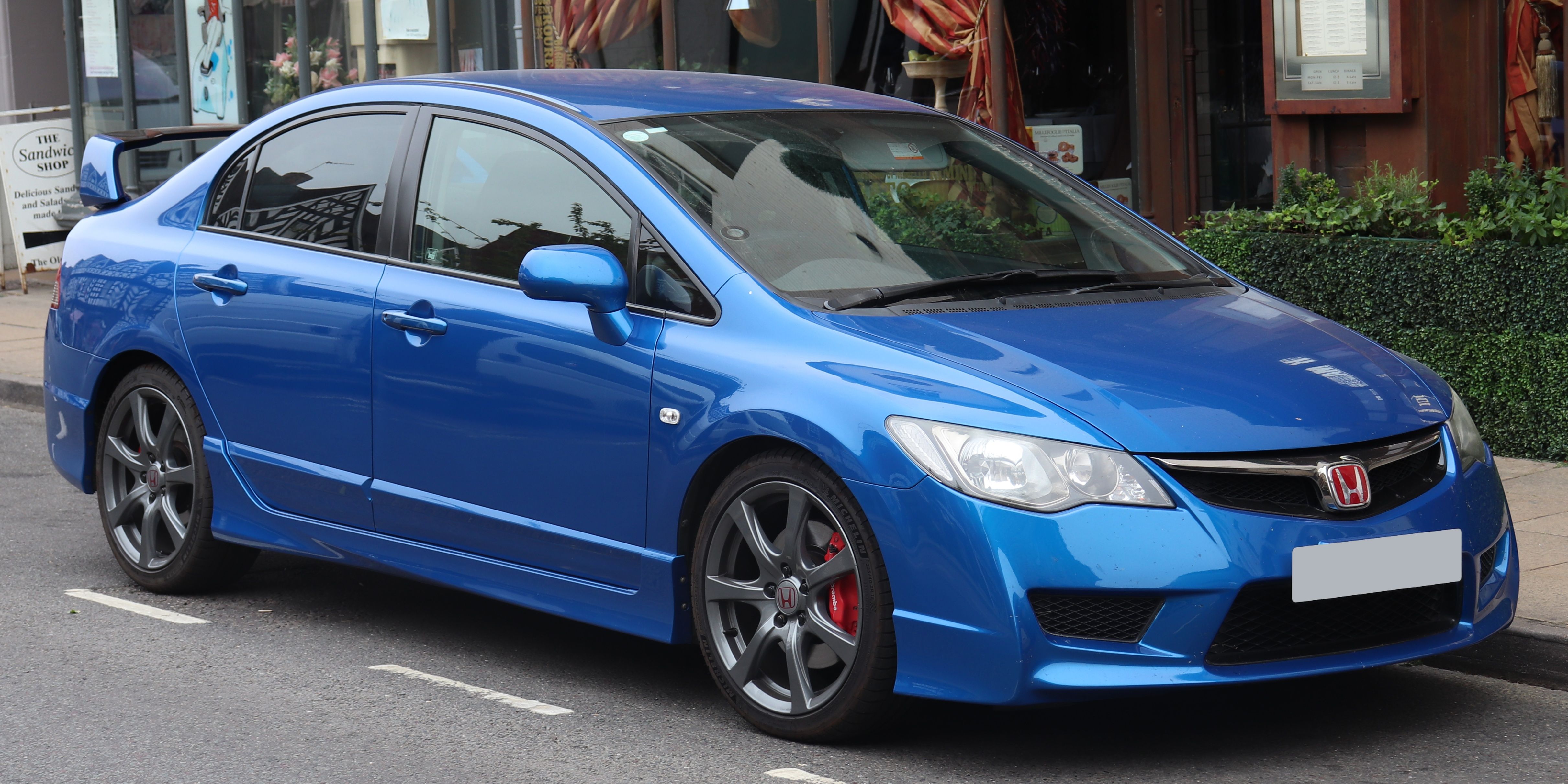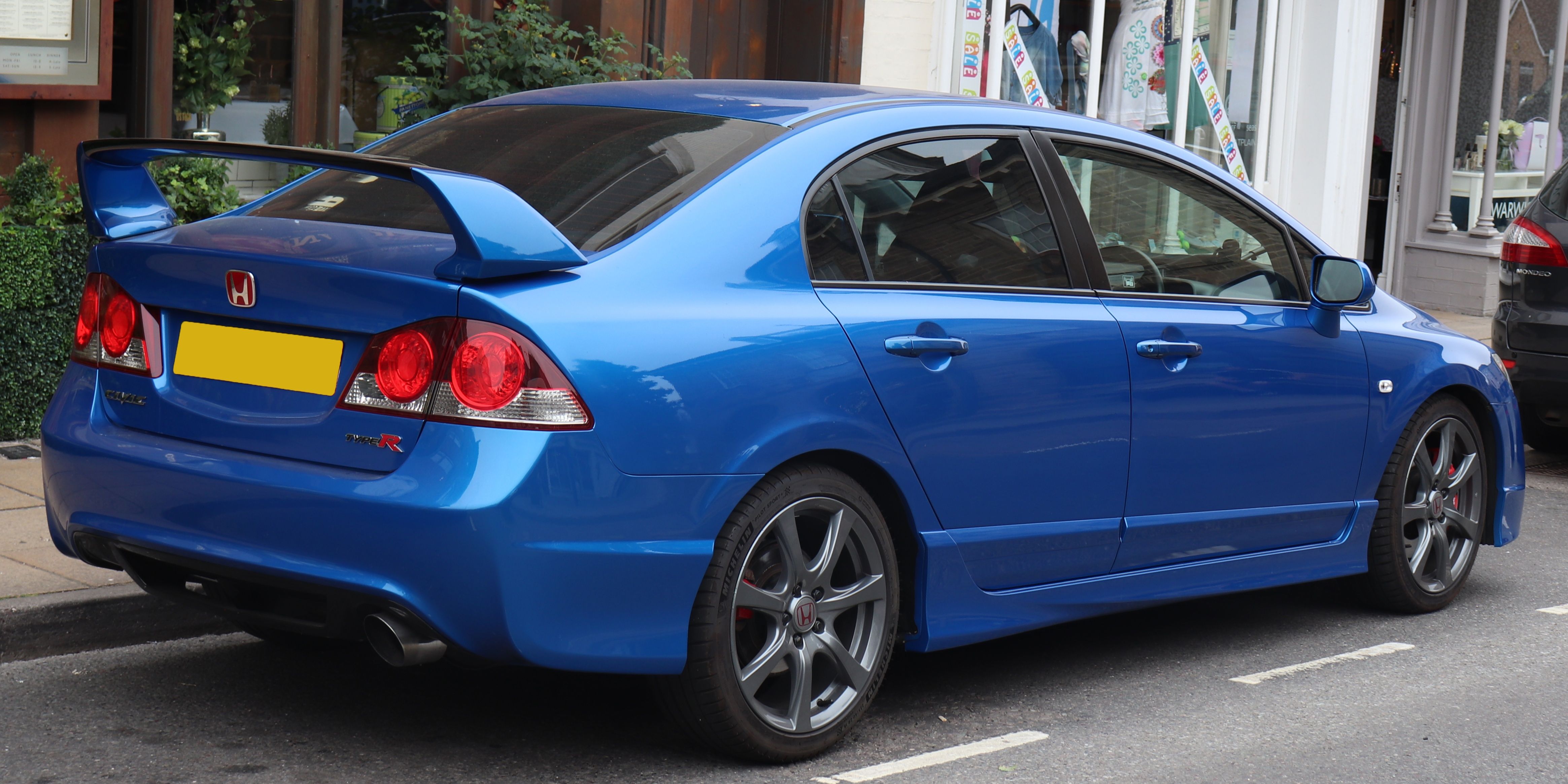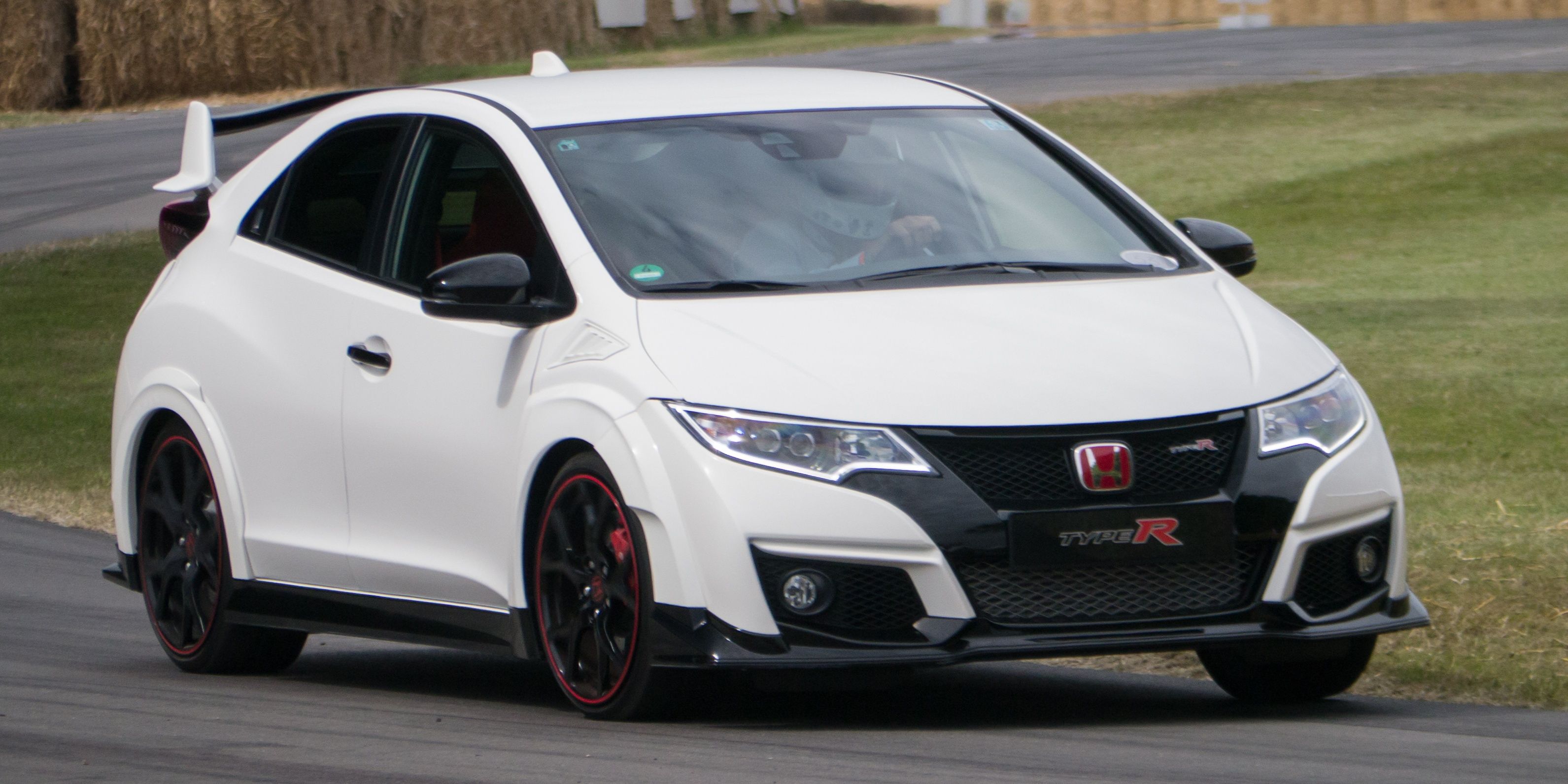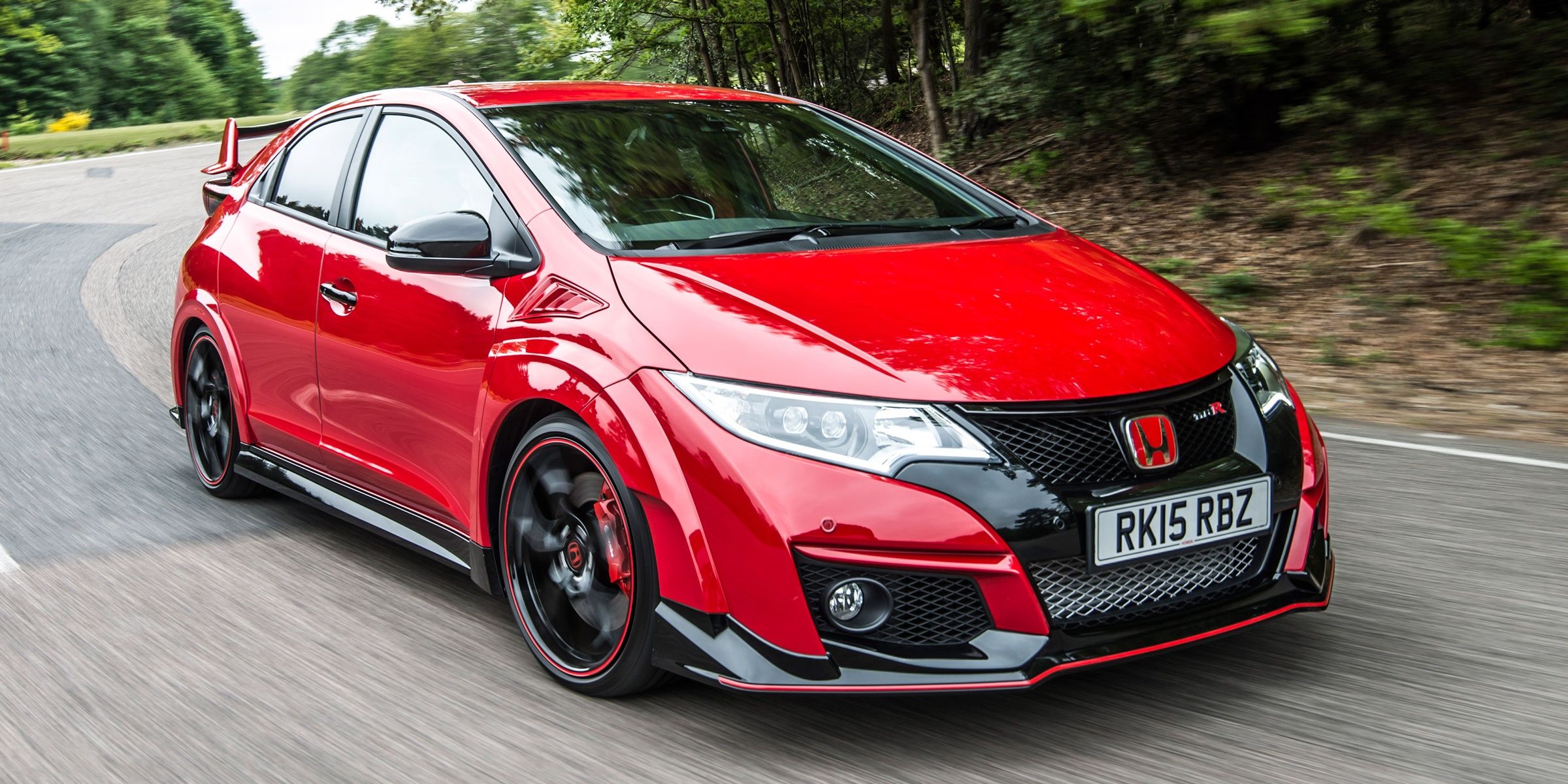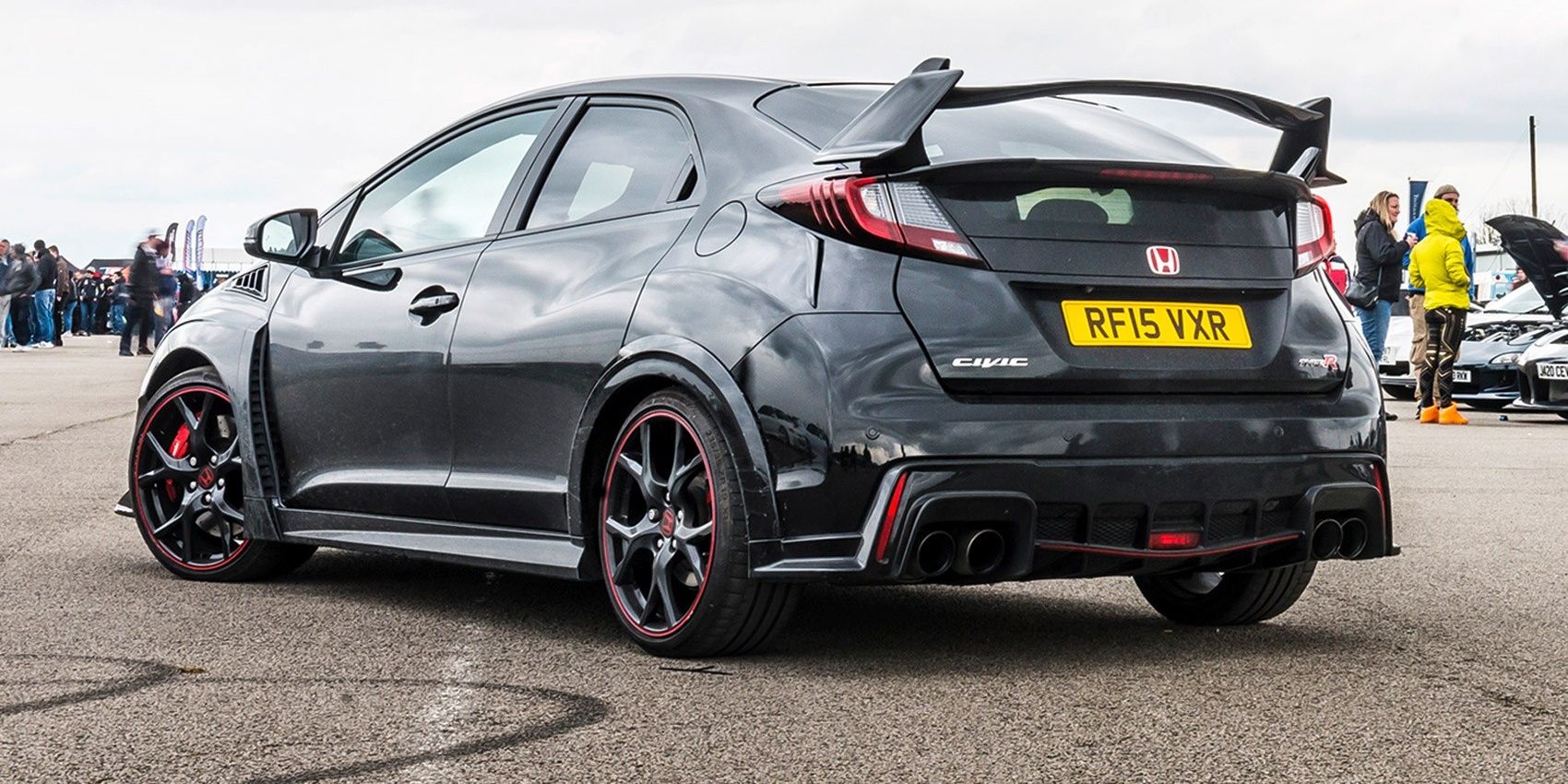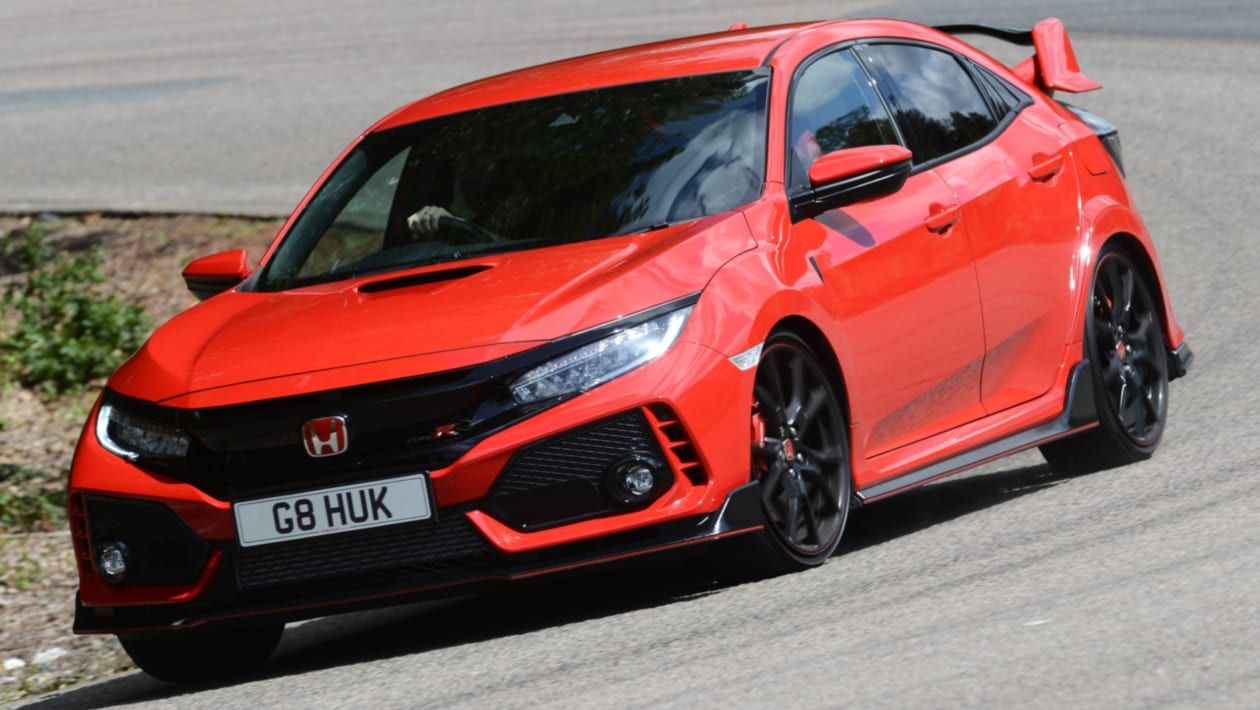The Honda Civic is an iconic nameplate that became an instant object of desire when it was first released to the public in 1972 as the 1973 model. But why did people love this car?
Well, pre-1970s, cars were all about extravagance. You had to drive something with a large engine to fit in with the rest. No one thought that a compact vehicle with just the right amount of power would be desirable, let alone fun. But when the wells ceased producing oil in 1973, these Japanese creations became the hottest selling things not only in their home country but also across the globe.
Today, almost 40 years and eleven generations later, the Honda Civic is still going strong. With the Type R badge added to it, the Civic has made a name for itself as one of the fastest-selling Japanese cars in America. This, and many more, is what made this car special over all these generations.
10 1973-1979: Perfect Engine Size
The 1st generation Civic marked a new era for Honda. They ditched their air-cooled design ethos and instead went for a liquid-cooled marque in a petite package that was just what the industry needed in the heat of the oil crisis.
But it wasn’t all merry for the first-ever Honda Civic. Many buyers outside Japan complained about corrosion which was caused by the salt used to defrost roads over winter. Nonetheless, the 1.2L or 1.5L engine tucked under the hood kept most drivers happy with great economy and adequate power.
9 1980-1983: Introduction of the Five-Speed Manual
The second-generation Honda Civic received a major facelift. It was in production between 1980 and 1983 with the front grille and headlights getting a more angular design. Most other things remained the same.
However, there were some mechanical changes. The power unit was given a few touches to tighten things up and extract a bit more power. A third valve was added per cylinder. As a result, the second-generation Honda Civic had a more powerful and more efficient engine. Finally, the marque got a five-speed manual transmission added to the lineup.
8 1984-1987: Introduction of 4WD
In 1984, the Honda Civic received another major update. It was dubbed the 3rd generation model. Just like the second-gen Civic, the 3rd-gen machine got a few styling updates. There were more straight lines and angles to the body shell.
The biggest change, however, was the introduction of the 1.6L power unit that developed 128 hp and was badged “si”. Honda also introduced the four-wheel-drive powertrain to the 3rd-gen Civic. This required new engine mounts. You could activate the four-wheel-drive system at the push of a button that was mounted on the dashboard.
7 1988-1991: More Polished Design
The end of the ‘80s marked a design shift for most auto manufacturers. Car design was moving away from sharp straight lines to something more softened. The market demanded cars that looked softer and more polished.
That is the design ethos that the 4th generation Honda Civic followed. Under the hood, a few more updates were done to make the car more powerful and faster. Car’s sold in the US now came with fuel injection. On the other hand, the Japanese market was blessed with Honda’s legendary VTEC System.
6 1992-1995: VTEC Tuner Legend
This generational change to the Honda Civic came with more rounded styling. That successfully hid the Civic’s overall increase in physical size compared to the previous generation. However, what struck mostly was Honda’s decision to continue with the VTEC system they had introduced in the 4th generation.
The US market thus received the 5th-gen Honda Civic with SOHC VTEC engines. The Japanese market, on the other hand, received DOHC power units. The biggest model for this generation was the Honda Civic VX hatchback which claimed an impressive fuel economy of 48/55mpg.
5 1996-2000: Introduction Of The Type R
It had been more than twenty years of development when the 6th generation Honda Civic Type R was released. Honda had evolved this wild machine into a reliable small-size family car. In 1997, the industry was shaken when the first Civic Type R was launched into the market.
The 1997 Honda Civic Type R was a wild machine. It packed a 1.6-liter engine that could develop 182 hp, an impressive figure for a power unit that had no forced induction. The hot hatch could thus get to a top speed of 140 mph.
4 2001-2005 – Great Aftermarket Support
The 7th generation Civic was a gentle evolution of the outgoing 6th generation. However, not everyone was happy with the changes. Some owners appreciated the four-door saloon design over the hatchback styling that they found dull. However, thanks to the great aftermarket support, you could style your car to how you wanted it.
That was a similar case for the Type R. You hardly got anything that was visually exciting. However, Honda also ensured that not just styling was available aftermarket but also performance upgrades. That kept enthusiasts excited about the car for the four years it was in production.
3 2006-2011 – New Design Language
Since the 7th generation Civic suffered immensely in styling, the company decided to dedicate all its efforts to making the 8th gen marque look as appealing as possible. That, they managed to achieve quite well.
The 8th-gen Honda Civic Type R looked like a car from the future. That futuristic look was carried inside the cockpit where the dials and seating positions all donned a future pattern. They stuck the same powerplant from the previous generation under the hood. That engine could develop 201 hp, taking the car from 0-62 mph in just 6.6 seconds.
2 2012-2015: Turbocharger
The 9th generation Honda Civic received a major design overhaul. The marque was overhauled externally with major cosmetic changes to the front and rear light clusters. For the Type R spec, the Civic received a larger and more aggressive spoiler.
Under the hood, there were also major changes. Yes, the Civic Type R still ran on an engine with the same 2.0-liter capacity and four cylinders. However, the engineers bolted a turbocharger to the power unit which bumped the power output to 306 hp. That amped the top speed of the 9th generation Civic to 167 mph with 0-62 mph taking 5.7 seconds.
1 2016 Onwards – Impressive Chassis
From its humble beginnings as a small sub-compact family car to the menacing machine it is today, the Honda Civic has changed dramatically. The top-of-the-range Type R model boasts 306 hp sourced from a rampaging 2.0-liter turbocharged power unit.
What makes this generation more exciting is the capability of the chassis to handle massive amounts of power being sent to the front wheels. The handling of the 10th generation Honda Civic is nothing short of wild. That’s why this marque previously held the record of the fastest lap time at the Nurburgring for a front-wheel-drive car, clocking 7 minutes 43 seconds on the timesheets.

